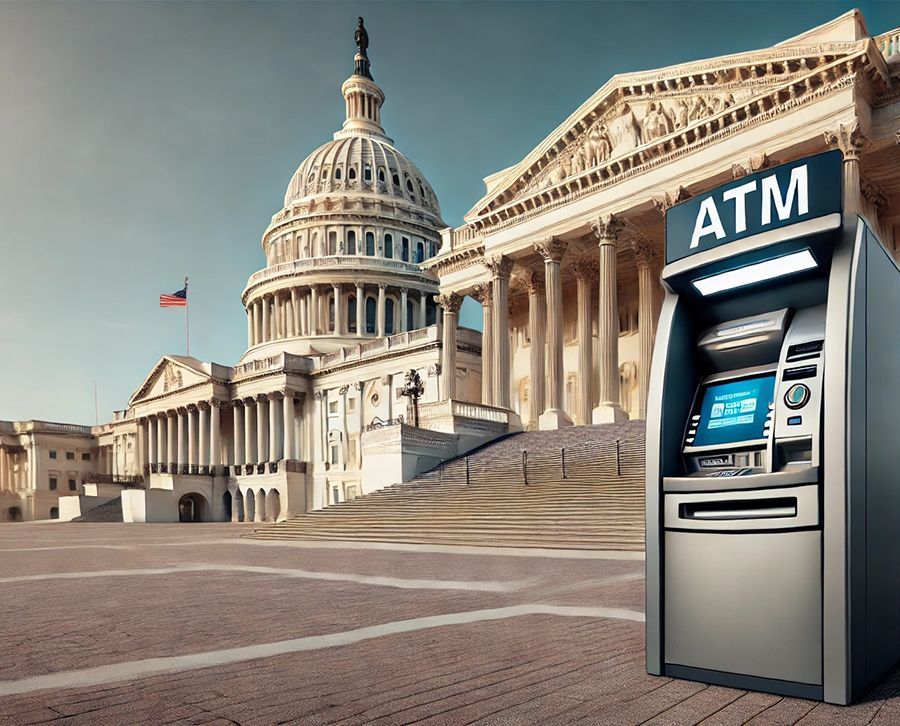The media often claims the days of cash and coins are numbered. Even a few financial institutions, such as the oldest credit union in Maine, have announced they will no longer accept coins, and some European countries are slowly phasing out cash payments. However, the data doesn’t support the “digital only” hype.

Studies show that cash is still widely used throughout the United States, especially by lower-income households. Consumers also turn to cash in times of crisis. The truth about currency is that payment choice is necessary, and cash and coins will never truly go out of fashion.
Cash Still Dominates Small Transactions
Despite the rise of digital payments, cash remains the most common method for making small, everyday purchases. According to the Federal Reserve Bank of San Francisco, the majority of payments (38%) under $25 are still made in cash. In addition, their 2023 Diary of Consumer Payment Choice found that cash account for 55% of payments under $10.
Households earning less than $50,000 per year rely even more heavily on cash. Approximately 30-40% of their transactions are made with cash.
Steve deCastro, President & CEO of Gorham Savings Bank points out that the volume of check, cash, and coin activity has decreased at their financial institution. “But,” he said, “it’s still a pretty significant part of the transaction arena for us.”
Cash Use Rises in Times of Trouble
In times of economic trouble or crisis, consumers often turn to cash. Generation Z is now using more cash than in the past, mainly to save money during high inflation. According to a Foxbusiness article, Gen Z’s use of cash increased by 43% from 2021 to 2022.
Paysafe’s 2022 research found that younger consumers aren’t the only ones displaying this trend. Consumers in general rely more on cash during times of crisis. The survey showed 24% of U.S. consumers increased their cash use during the COVID-19 pandemic. Those consumers viewed cash as a way to stay in control and avoid overspending during uncertain times.
Cash is so important in times of crisis that the Federal Reserve Bank of Kansas City included ATM fees and cash withdrawal limit notations in their natural disaster response guidance.
Cash and Coins Will Endure
In the end, cash and coins will never truly go away. Cash remains popular for small, everyday transactions and is relied upon heavily by lower-income consumers. People often turn to cash in times of economic trouble, natural disaster, or other crisis. And access to cash is still vitally important for millions of underbanked Americans. For all of these reasons, cash and cashless payments will continue to coexist for the foreseeable future. Cash and coins will remain fashionable as long as people value their unique benefits.
Discover how you can leverage an on-site ATM to provide the cash convenience consumers continue to need. Contact BFC Enterprises today!


